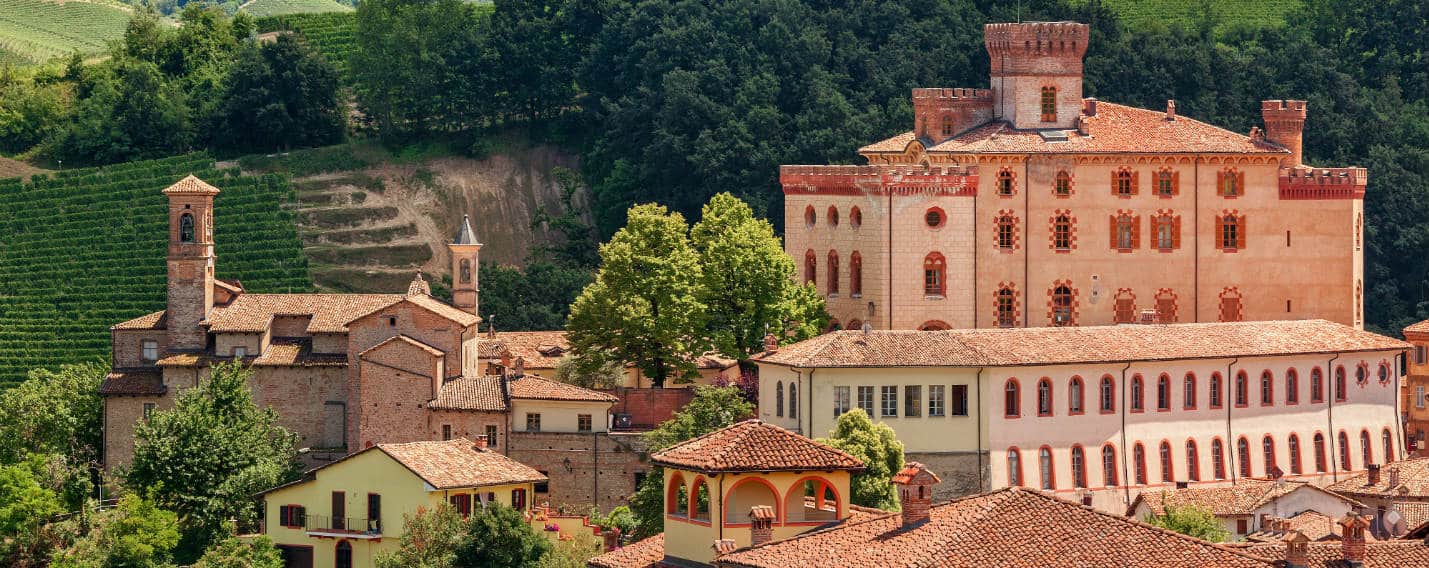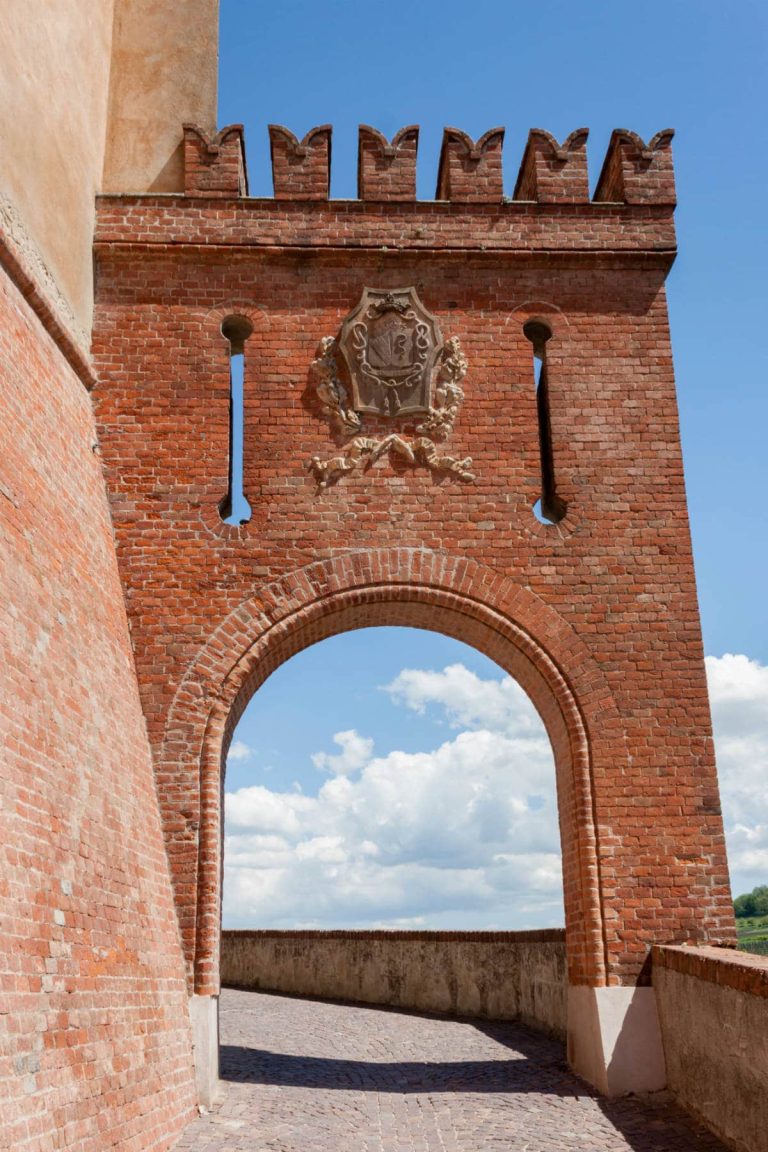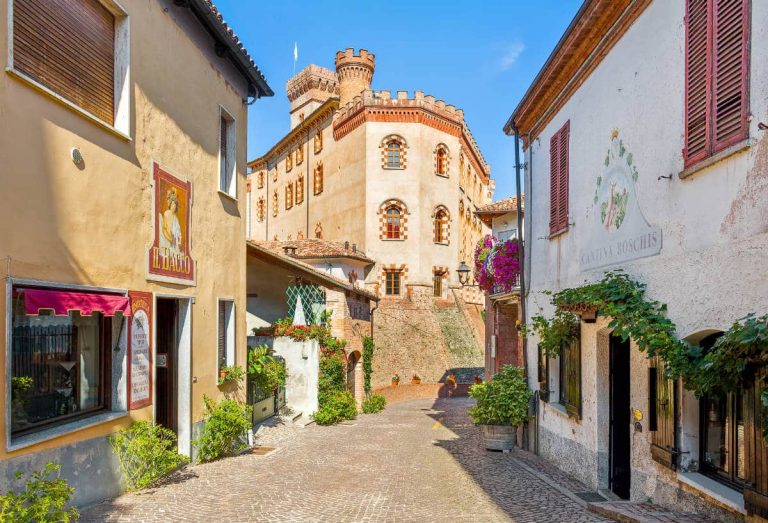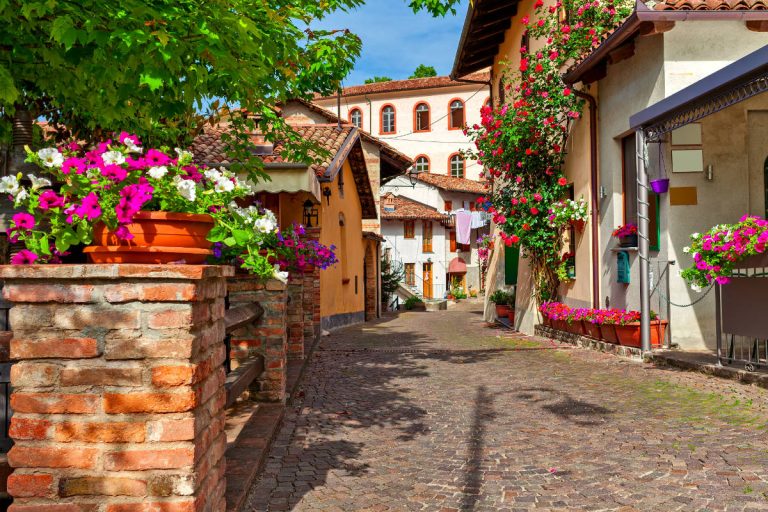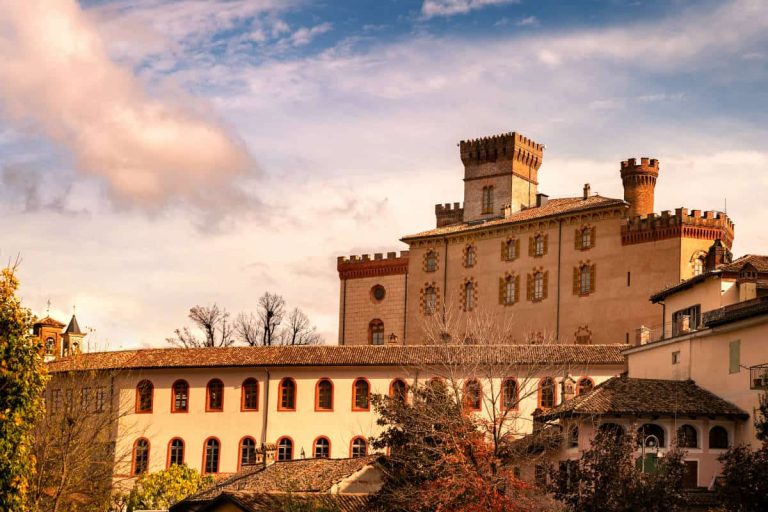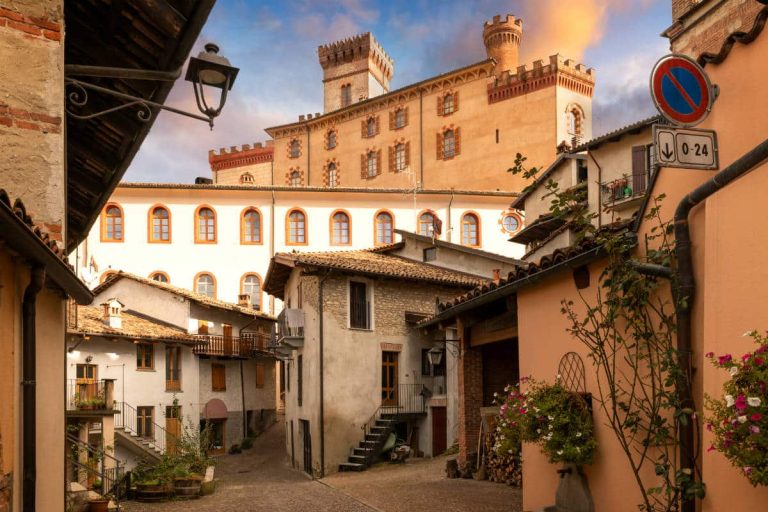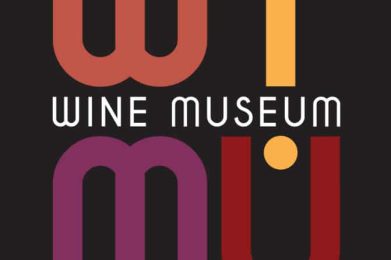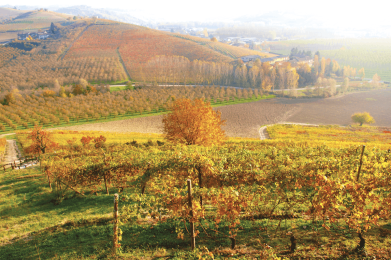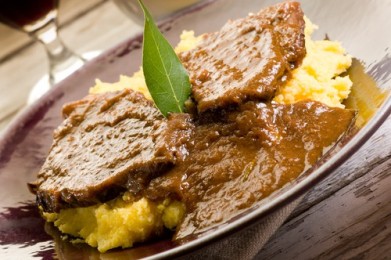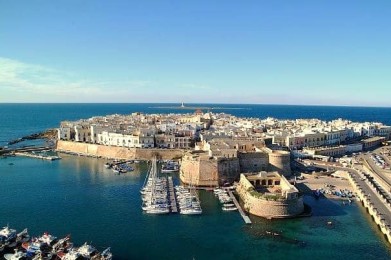In the heart of the Langhe, nestled in a verdant basin and embraced by vine-covered hills, stands Barolo, a medieval village famous throughout the world for the wine that bears its name: the prestigious Barolo DOCG. It is a place where history, culture and agricultural vocation are harmoniously intertwined, offering visitors an authentic experience of panoramic views, intense scents and well-rooted traditions.
Origins: between Celts, Romans and feudal lords
The Barolo area has been inhabited since prehistoric times, as evidenced by flint tools dating back to the Neolithic period found in the "Fava" basin. The Romans also left traces of their passage, as evidenced by a tombstone discovered in the hamlet of Vergne. The name "Barolo" is said to derive from the Celtic bas reul, meaning "low place," indicating its topographical position in relation to other villages in the Langhe.
Construction of the castle dates back to the 10th century, when Berengar I authorized the construction of defensive works to counter Hungarian and Saracen raids. Around 1250, ownership passed to the powerful Falletti family, which maintained control for more than six centuries, until 1864, when the last marquise, Giulia Colbert, died. She is credited with the intuition to innovatively vinify the Nebbiolo grape variety, giving birth to Barolo as we know it today.
What to see: castles, museums and sights
The heart of the village is undoubtedly Falletti Castle, symbol of Barolo and guardian of its history. Today the castle houses two major institutions: the Enoteca Regionale del Barolo, which selects and enhances the best local labels, and the Wi.Mu. - Wine Museum, a multimedia and sensory journey that tells the story of wine not only as a product, but as culture, art and civilization.
Opposite the castle is the main square, where the church of San Donato is located, a Romanesque building that preserves the tombs of the ancient Falletti feudal lords under the chancel. A little further on, on the Bricco delle Viole, the ruins of the evocative Castello della Volta can be glimpsed, another historic Falletti residence now in ruins, but still capable of evoking atmospheres of other times.
For those who like to discover unusual corners, also not to be missed is the Museum of Labels (Wi.La.), which houses a unique collection: more than 280,000 grape wine labels, the result of 20 years of work by Cesare and Maria Baroni Urbani, now the property of the municipality and Wi.Mu.
Experiences: among nature, wine and trails
Barolo is one of the most popular destinations for wine and food tourism, but also for nature and walking enthusiasts. The specially marked and marked Langa and Barolo Trails allow you to cross hills, rows of vines and hamlets, linking Barolo to the other municipalities of the Langhe in a gentle, silent landscape rich in history. It is the best way to immerse yourself in the scents and colors of a land that lives in symbiosis with the work of the vineyard.
Events: when Barolo becomes a stage.
Among the most anticipated events, the Collisioni Festival has become a must-attend event over the years. It is a summer cultural festival that blends music, literature and entertainment, attracting thousands of people to the village. In September, on the other hand, it is time to celebrate the grape harvest with the Barolo Wine Festival, including tastings, farming traditions and meetings with local producers.
Wine: the soul and pride of Barolo
The absolute protagonist of this territory remains him: the Barolo DOCG, produced exclusively from Nebbiolo grapes grown in the surrounding hills. Garnet red in color with orange highlights, it offers an intense bouquet on the nose, with hints of ripe fruit, spices and underbrush. It is a wine with structure, elegance and longevity, capable of expressing all the soul of its terroir in the bottle.
Barolo is much more than a village: it is a sensory and cultural experience, a tale that starts from the roots of the land and rises in every glass of wine. Visiting Barolo means walking among centuries-old vineyards, entering castles rich in memory and being fascinated by the magic of a place that has made quality and beauty its destiny.

